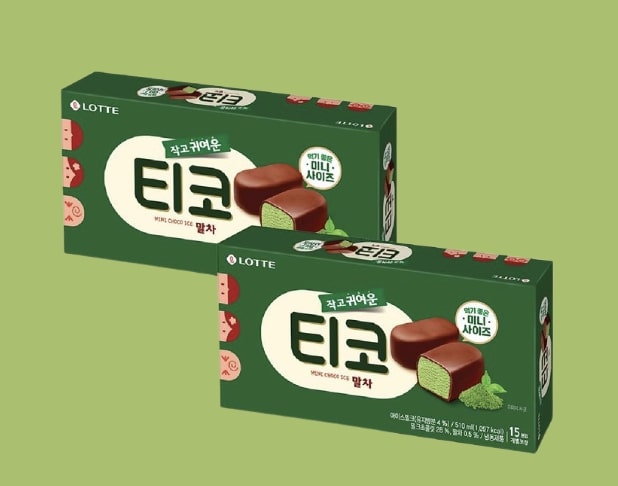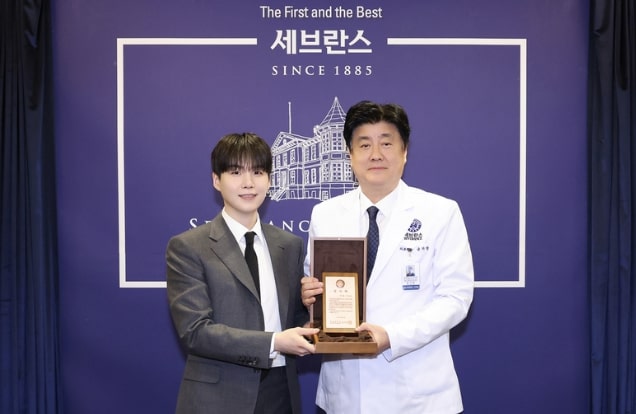
Vegetarians Might Get Betrayed by Korean Food
1. Shapes can trick you
You went into the Korean restaurant and saw these three side dishes, would you be able to tell the difference?


How deodeok looks like
Only one of them – Seasoned deodeok – is a vegetarian dish!
Deodeok is a plant growing in the mountains that its shape of the roots look similar to ginseng’s. Its nutrient-dense roots are beloved by many Koreans, although they have strong bitter taste. Seasoning, fortunately, lessens the strong taste. Many Korean restaurants put seasoned deodeok as a side dish so if you want to know how it tastes, we recommend you to try it out!
A lot of Korean dishes are seasoned with red pepper paste, green onion, and sesame, which easily makes many dishes look alike. So if you are a vegetarian, it would be better to ask a waiter or your friend about the ingredients of side dishes before you try.
Fishcake… is really fish!

Fried fishcake (top left), fishcake sticks (top right),
tteokbokki with fishcake (bottom left), stir-fried fishcake (bottom right)
Fishcake is a food that consists of filleted fish or other minced seafood mixed with starchy ingredient. Affordable price and well-balanced taste make it one of the most used ingredients for Korean dishes: fishcake soup, stir-fried fishcake, tteokbokki, fishcake sticks, fried fishcake, and more. Fishcake has a slight fish smell with savory taste and soft texture.
If you are not familiar with its shape, you might assume it’s not seafood… but it is!
2. Broths and stocks can also trick you
Think it over before you drink that soup! The main ingredients might be vegetables, but the broths are usually made with beef bones or anchovy stocks.


Naeongmyeon (cold noodles; top left), banquet noodles (top right),
bean paste stew (bottom left), tteokguk (rice-cake soup; botton right)
The main structure of Korean cuisine is as follows: 1) rice 2) soup 3) side dishes. Many Koreans from older generations even say they can’t eat meal without having soup on the table.
Most of Korean soups are made with beef bones or anchovy stocks. The stock of Naengmyeon (cold noodles) and Korean ramen is made with beef bones. Bean paste stew, kimchi stew, rice-cake soup, and banquet noodles’ stock is made with anchovy stocks.
3. Kimchi, I trusted you
Salted seafood is one of the ingredients of kimchi.

We call it “Jeot-gal.” It’s translated as salted seafood and is usually made with shrimps, oysters, clams, fish, and roe. Depending on regions, different types of jeot-gal is used for kimchi and it puts more uniqueness and characteristics to each region’s kimchi. But the main purpose of putting jeot-gal is to make kimchi more tasty, savory, and palatable.
Most kimchis at the restaurants are made with jeot-gal, so it’s basically non-vegetarian food. Vegetarians in Korea either buys vegan kimchi or make their own kimchi at home with using salt only.
???? Discussion for Today’s Topic :
Is there any non-vegetarian foods that people might misunderstand as a vegetarian food?
Please feel free to share your thoughts with us!



